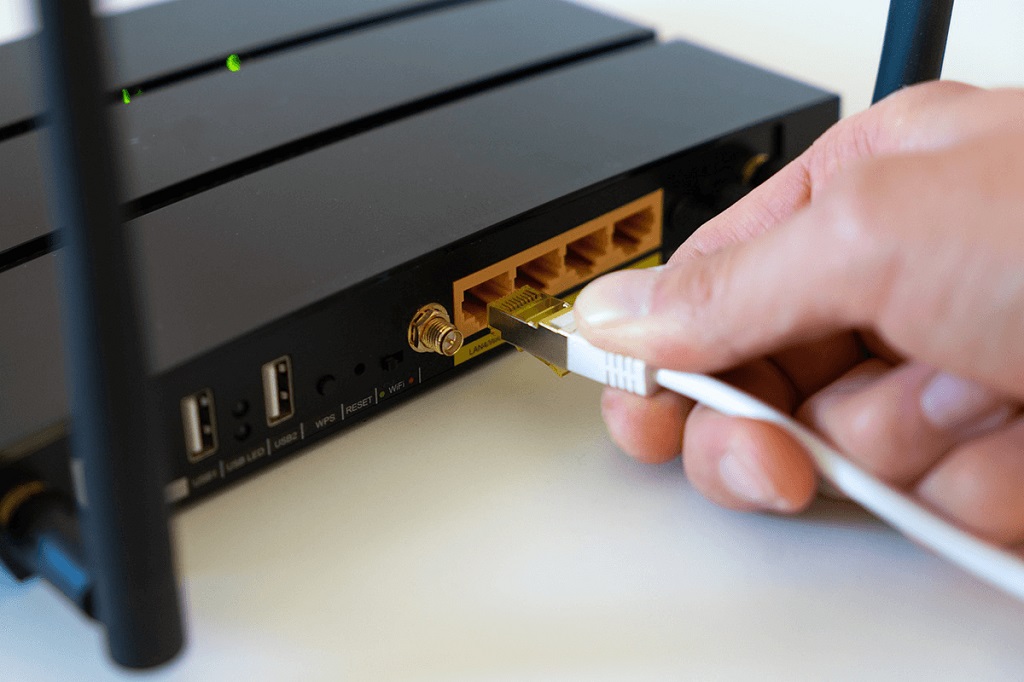
25 Aug Which Wi-Fi Mode is Best? A Comprehensive Guide
In today’s fast-paced world, staying connected is crucial. Whether you’re working, streaming, gaming, or just browsing the internet, a reliable Wi-Fi connection is essential. But with so many Wi-Fi modes available, how do you know which one is the best for your needs? In this article, we’ll dive deep into the world of Wi-Fi modes, breaking down the options to help you make an informed decision. This content is presented by Dotenvironment.net.
Understanding Wi-Fi Modes
Wi-Fi modes are standardized by the IEEE (Institute of Electrical and Electronics Engineers) and are designed to enhance the wireless networking experience. These modes determine how data is transmitted between devices and access points, influencing factors like speed and compatibility.
The Evolution of Wi-Fi Modes
The journey of Wi-Fi modes began with 802.11a/b/g, offering modest speeds and coverage. However, as demands increased, newer modes like 802.11n, 802.11ac, and 802.11ax emerged, each building on the strengths of its predecessors. Explore the tricks to increase internet connection speed.
Comparing Wi-Fi Modes
802.11a/b/g: The Legacy Modes
These early Wi-Fi modes laid the foundation for wireless connectivity but had limitations in terms of speed and coverage. They operate on the 2.4GHz frequency and are susceptible to interference.
802.11n: The Game-Changer
With the introduction of 802.11n, Wi-Fi took a significant leap forward. This mode operates on both 2.4GHz and 5GHz frequencies, offering improved speeds and reduced interference. It’s a solid choice for most home users.
802.11ac: Speed and Performance
802.11ac, also known as Wi-Fi 5, brought even higher speeds and better performance. Operating primarily on the 5GHz band, it’s great for streaming and online gaming. However, its effectiveness diminishes over longer distances.
802.11ax (Wi-Fi 6): The Future of Connectivity
The latest addition to the Wi-Fi family, 802.11ax or Wi-Fi 6, promises impressive speeds and exceptional performance in crowded areas. It’s designed to handle multiple devices simultaneously, making it ideal for smart homes and offices.
Factors to Consider When Choosing a Wi-Fi Mode
Coverage Area
The size of your living space or workplace plays a crucial role in selecting a Wi-Fi mode. If you have a larger area to cover, consider Wi-Fi 6 for its extended range.
Device Compatibility
Ensure that your devices support the chosen Wi-Fi mode. Upgrading to the latest mode won’t provide benefits if your devices can’t take full advantage of it.
Data Transfer Speed
If you’re a heavy downloader or streamer, opt for modes like 802.11ac or 802.11ax, as they offer faster data transfer rates.
Interference and Congestion
In areas with many Wi-Fi networks, interference and congestion can affect performance. Wi-Fi 6’s improved handling of multiple devices can help mitigate this issue.
Budget Considerations
Newer Wi-Fi modes often come with a higher price tag. Consider your budget when choosing a mode, balancing performance with affordability.
Best Practices for Wi-Fi Optimization
To make the most of your chosen Wi-Fi mode, follow these optimization tips:
- Optimal Placement: Position your router centrally to ensure even coverage.
- Firmware Updates: Keep your router’s firmware up to date for security and performance improvements.
- Channel Selection: Choose the least congested Wi-Fi channel to reduce interference.
- Security Measures: Implement strong passwords and WPA3 encryption to secure your network.
Conclusion
In the world of Wi-Fi modes, there’s no one-size-fits-all answer to which is the best. The choice depends on your specific needs and circumstances. When it comes to achieving the best connectivity for your devices, it’s essential to consider a variety of factors such as coverage area, device compatibility, and data transfer speed. By taking these aspects into account, you can make an informed decision that ensures optimal connectivity for your needs. Understanding these elements not only helps you stay connected but also enhances your overall online experience. If you’re looking for more information about internet safety in simple words, it’s important to note that while this topic is not directly related to connectivity considerations, it’s still crucial for maintaining a secure online environment.
FAQs (Frequently Asked Questions)
Which Wi-Fi mode is best for online gaming?
For online gaming, Wi-Fi 6 (802.11ax) is a great choice due to its low latency and ability to handle multiple devices without lag.
Can I mix different Wi-Fi modes in my network?
In most cases, it’s best to stick with a single Wi-Fi mode for consistent performance. Mixing modes can lead to compatibility issues.
Is it worth upgrading to the latest Wi-Fi mode?
If you have a high number of devices and need better performance, upgrading to the latest Wi-Fi mode can be beneficial.
What can I do to improve my Wi-Fi signal strength?
Position your router in a central location, minimize obstructions, and reduce interference from other electronic devices.
How do I change my Wi-Fi mode settings?
Access your router’s settings through a web browser and look for the Wi-Fi mode option. Consult your router’s manual for specific instructions.


No Comments